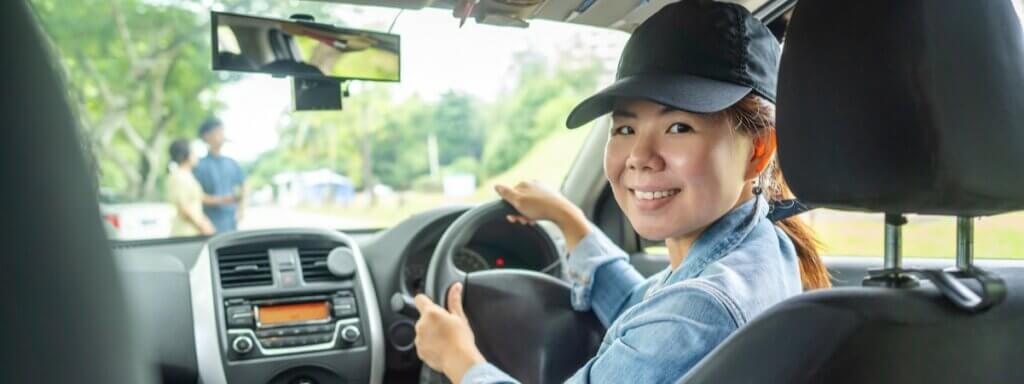Our Car Seats For Kids CSI initiative is back on the road and we thought it was worth writing a blog post on safety guidelines to help you protect your most valuable asset – your children.
As a parent or guardian, you have a responsibility to keep your children safe, and as an organization dedicated to raising awareness of vehicle safety, we have a responsibility to provide you with information to help you do this. That’s why we’ve partnered with Wheel Well, an initiative that aims to educate the public about the dangers of not using a car seat or using a car seat that’s not suitable for a child’s height and age. In addition to raising awareness about car seats, we also distribute refurbished car seats to people who cannot afford new ones. To date, Cartrack and Wheel Well have distributed more than 4,000 child car seats to families in need. This year we hope to increase that number and are calling on all Cartrack fans to help donate used car seats. Our goal is to collect 100 seats by the end of March; with your help, it's possible! Car seat collection points are located at all Renault dealerships across the country. For more information, follow us on Facebook or contact Cartrack directly. Working together, we can make South Africa’s roads safer for our children.
Here are some simple guidelines on choosing and when to use a child car seat:
Birth to 9 kg
Your child is very fragile, so your infant should always be seated in a rear-facing child car seat. Infant safety seats should always face rearward. 3-in-1 car seats often have higher height and weight limits for the rear-facing position, which allows you to leave your child rear-facing for longer periods of time. Statistics show that rear-facing safety seats are safer for people of all ages.
9 to 18 kg
Whenever possible, place your child in a rear-facing safety seat as this is the safest option. Your child should remain seated in a rear-facing child car seat until they reach the maximum height or weight limit allowed by the car seat manufacturer. Once your child outgrows a rear-facing car seat, they can use a forward-facing car seat.
18kg to 1.5m
Keep your child in a forward-facing child safety seat with a safety belt until they reach the maximum height or weight limit allowed by the car seat manufacturer. Once your child outgrows a forward-facing child safety seat with a safety belt, they can use a booster, which should still be placed in the back seat. The front seat is not as safe for children as the back seat.
1.5 meters and above
Let your child sit on a booster until he or she is old enough to wear a seat belt properly. For a seat belt to fit properly, the lap belt must fit snugly against your upper thighs, not your stomach. Shoulder straps should fit snugly around your shoulders and chest, not your neck or face. Remember, your child should always ride in the back seat, as the back seat is always safer than the front seat.
For more information, visit and support:
http://www.wheelwell.co.za/child-restraints-and-road-safety/



